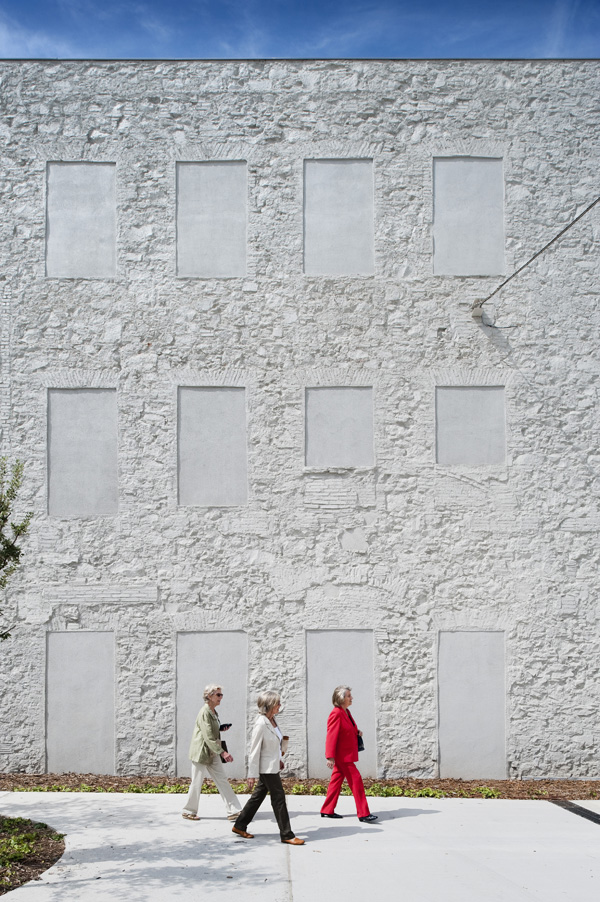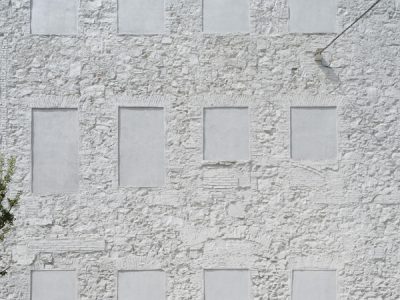As founding member of the BAAS architecture studio, Jordi Badia presents ‘Persistents (Persistent empty spaces)’, an exhibition that highlights their most important work focusing on empty spaces, understood as eloquent silence around which architecture builds our different worlds.
From the 30th of September till the 15th of October, Estudio Minim from Barcelona will host an exhibit of 24 different projects –past, present and future- using photographs, models and drawings, aiming to reflect on the existence and function of an empty space in architecture as a major value in a city’s appearance. Opposed to the high density of built up areas, the architect acknowledges the importance in protecting and preserving non built up spaces as part of cultural heritage.
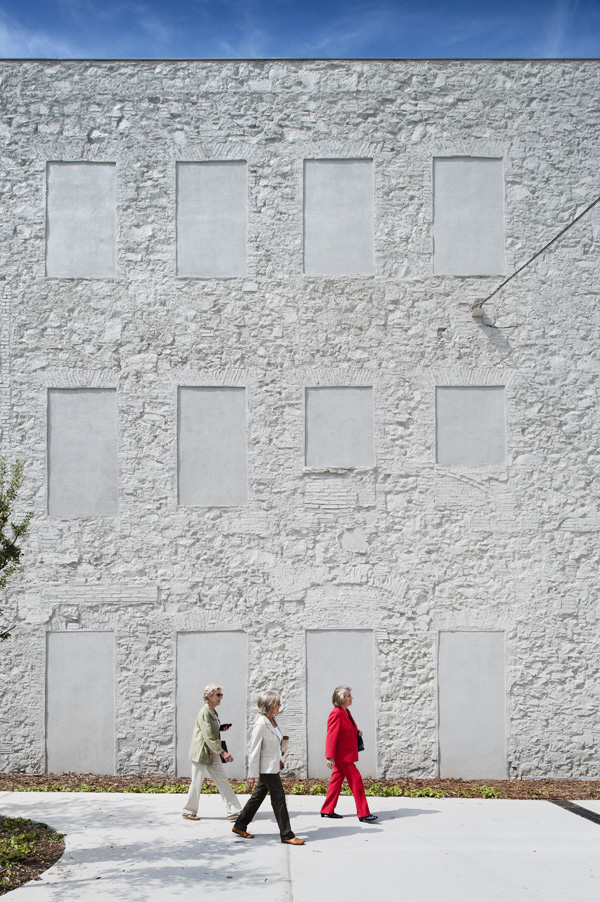 Can Framis Museum, BAAS, 2009. Photography: Fernando Guerra.
Can Framis Museum, BAAS, 2009. Photography: Fernando Guerra.
“Often, the most important thing in architecture is not what is to be built; on the contrary it is that which remains untouched as an empty space. Empty spaces, squares and streets, city limits where people move and breathe freely… The city can become less dense and acquire a more human scale,” says Badia, “eliminating unoccupied buildings, recovering inside patios or opening new streets as possible proposals that can be considered to achieve this.”
On the 6th of October, Jordi Badia, current holder of the Ciutat de Barcelona prize, will be giving a talk in his Estudio Minim and will reveal five new proposals for the future of Barcelona.
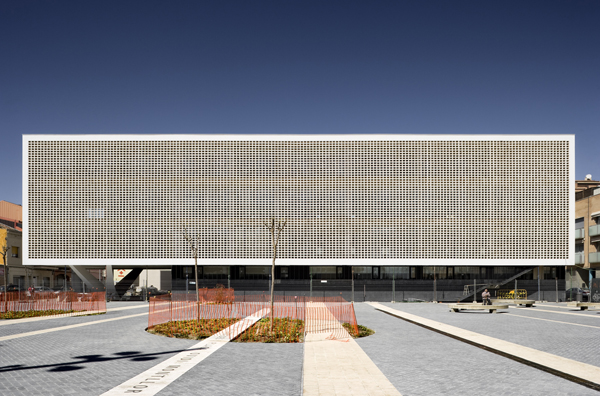 CAP Progrès-Raval in Badalona, BAAS, 2010. Photography: Pedro Pegenaute.
CAP Progrès-Raval in Badalona, BAAS, 2010. Photography: Pedro Pegenaute.
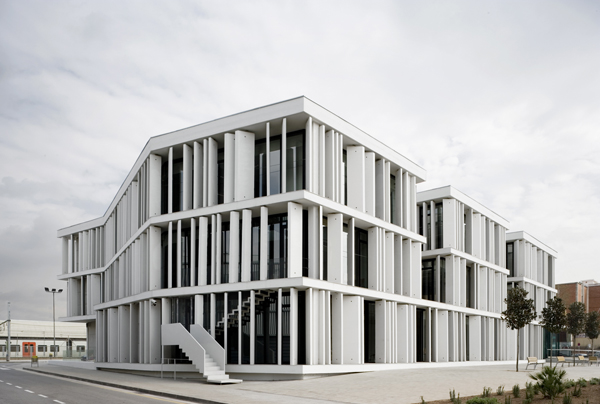 Juditial Building in Sant Boi de Llobregat, BAAS, 2006. Photography: Pedro Pegenaute.
Juditial Building in Sant Boi de Llobregat, BAAS, 2006. Photography: Pedro Pegenaute.

